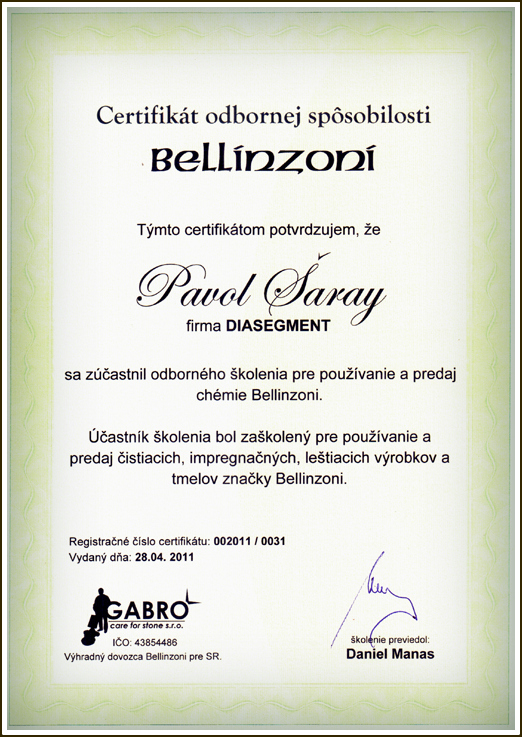Stone gluing is a process that requires maximum precision, the right tools and, last but not least, the right glue. Whether you are working on exterior cladding, interior decoration or renovations, achieving a strong and aesthetic bond is key. In today's article, we will look at the basic classification of adhesives and stone joining techniques.
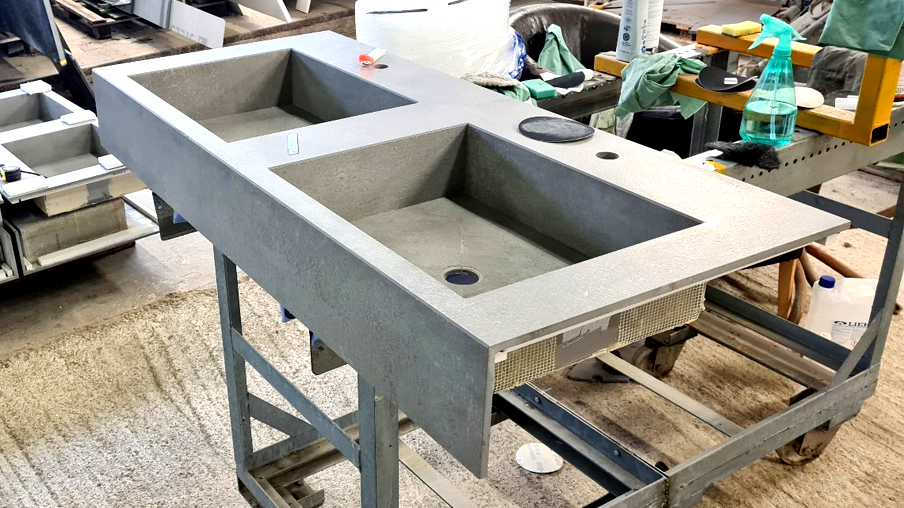
Photo: Slavomír Ducár, STONE s.r.o.
The first step is to choose a suitable glue
Epoxy adhesives
They are characterized by high strength, resistance to chemicals, moisture and high temperatures. They are often highly polished and also offer the possibility of color toning according to the color of the glued material. They are suitable as high-strength joints for industrial and construction applications. They are sold in two packages, A and B, which are mostly mixed in a ratio of 2:1.
Polyester sealants and adhesives
Their positive features are fast hardening, relatively high strength, the possibility of polishing and color tinting. They are used for stone repairs and reconstructions.
Polyurethane adhesives
are used for quick joining of stone slabs, where a certain elasticity of the joint is required. After curing, a "flexible joint" is formed, similar to rubber, which is resistant to moisture and chemicals.
Silicone adhesives
Properties such as flexibility, elasticity, resistance to mold and moisture determine the use for less demanding applications. They are used when connecting smaller stone elements, such as sealing and filling joints in bathrooms or kitchens. Warning! Special stone-making silicones are used for the stone, which do not leave unwanted colored traces in the stone.
Cement adhesives
They are used most often for concrete-stone joints. They have relatively high strength and a favorable price. They are used, for example, when laying tiles and tiles, it is suitable for both exterior and interior applications.
When choosing a stone adhesive, it is important to consider the type of stone, the conditions the joint will be exposed to, and the specific requirements of the project. Each type of glue has its advantages and disadvantages, so it is a good idea to consult an expert or the manufacturer.
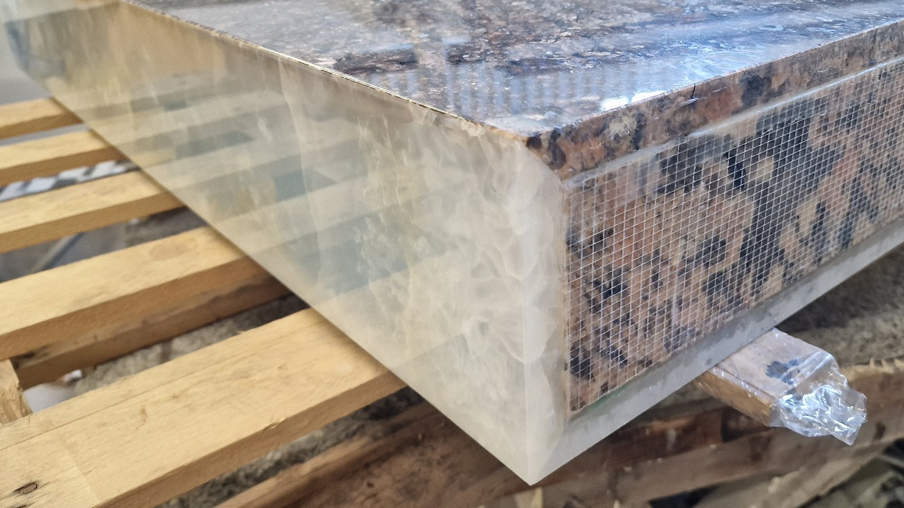
PHOTO: Gluing marble, Slavomír Ducár, STONE s.r.o.
Bonding procedure
- The glued area must be clean, free of dust and grease.
- If you need to handle the glued element, you can choose a combination of two glues. Quick-drying and more suitable - epoxy, which in some cases hardens 100% only after 48 hours. These joints are stronger than the stone itself if the technological procedure is followed.
- Correct glue application technique. Point, line or surface application of glue
- In conclusion, I will remind you of the most important thing: Patience and precision. Make every step of the process count. From a perfect cut and joint, through masking (covering the area around the glued joint), precise mixing ratio to fixing the joint against movement.
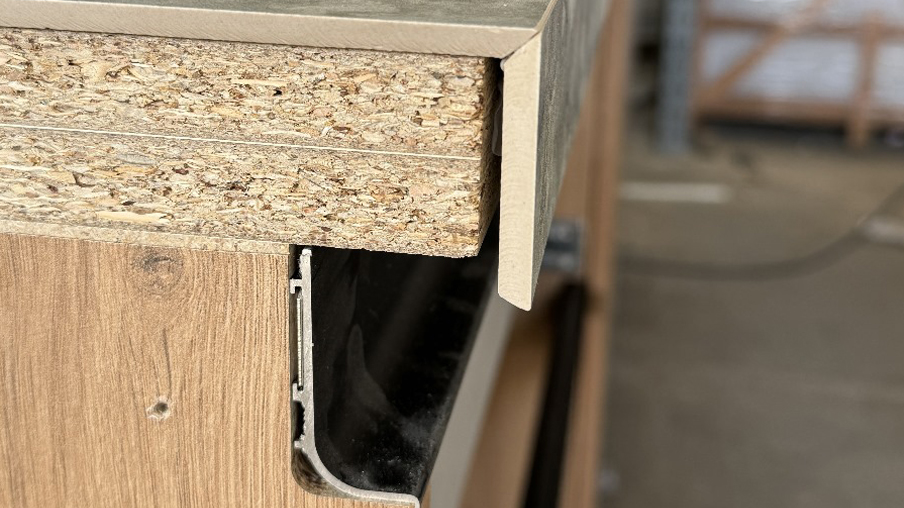
Photo: Bonding of ceramics, Slavomír Ducár, STONE s.r.o.
How to make an invisible connection?
If you need the glued joint to be as authentic as possible, you can use the three most common methods
- The most accurate fitting of the cut in the "edge to edge" manner. On the one hand, it is the easiest method for gluing, but the most demanding in terms of the accuracy of the cut and the thickness of the material. It is applied without additional polishing, the excess printed glue is cut off with a blade.
- By tinting the glue using color pigments (toners) and subsequent polishing.
- The so-called restoration joint, in which we gently cut the edges of the touching glued surfaces to create an irregular groove at the point of gluing. Here, finely crushed parts of the same material are pressed into the glue so that they stick out of the glue above the surface. This is because after the glue has hardened, we gradually and carefully sand this material and then polish it to the desired shine.
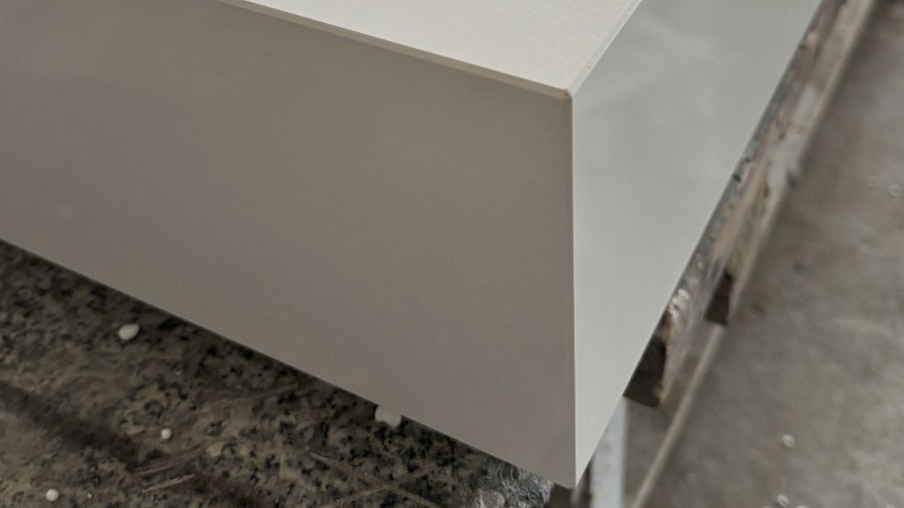
Photo: Slavomír Ducár, STONE s.r.o.
What is the difference between putty and glue?
We often see stonemasons making strong joints using polyester sealants. They are particularly popular because of their fast hardening, good workability and low price. However, this joint needs to be secured with another joint, either mechanical (for example, using an anchor and an angle) or with epoxy glue, which has a longer hardening time but a significantly stronger joint.
The putty itself is used for reconstruction in case of damage, i.e. connecting and filling damaged elements. It is not suitable for strength joints where high adhesion is required. Adhesives, not sealants, are used for these purposes.
In our offer you will find several renowned global brands that deal exclusively with stone products. They are proven products with which we supply stone workshops in Slovakia and abroad. Regular training and testing of new products also indicate a high level.
